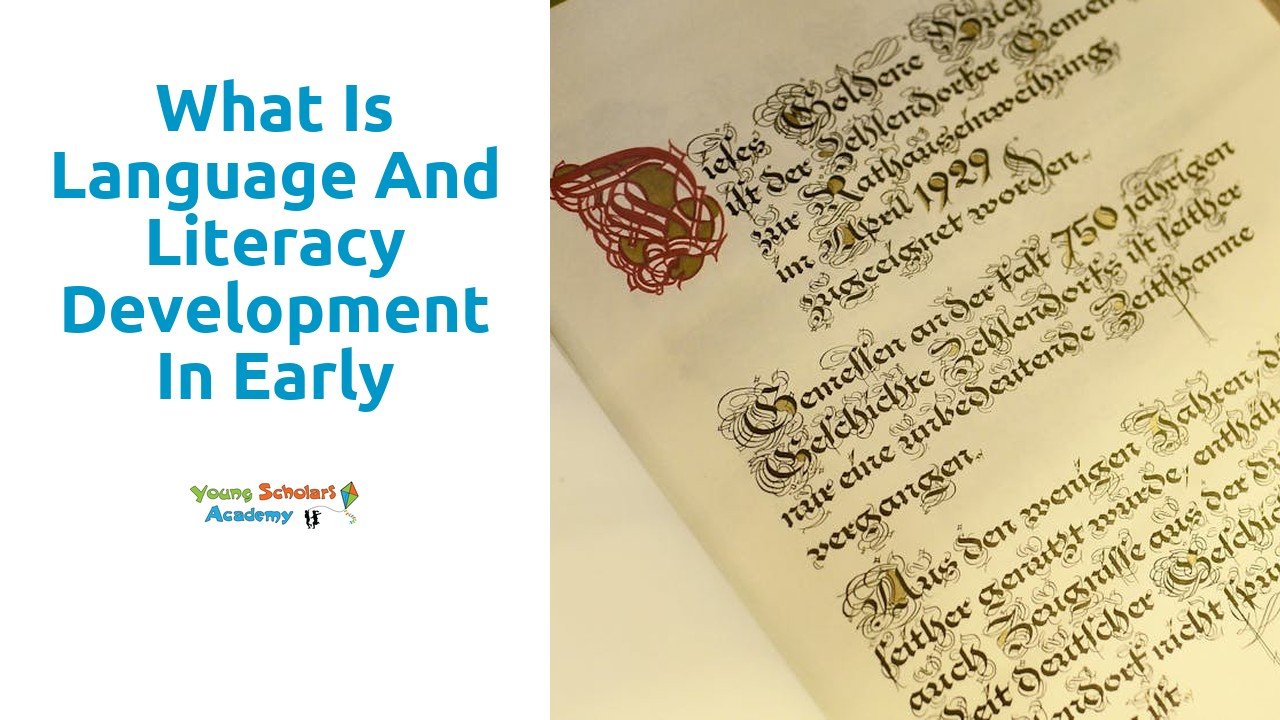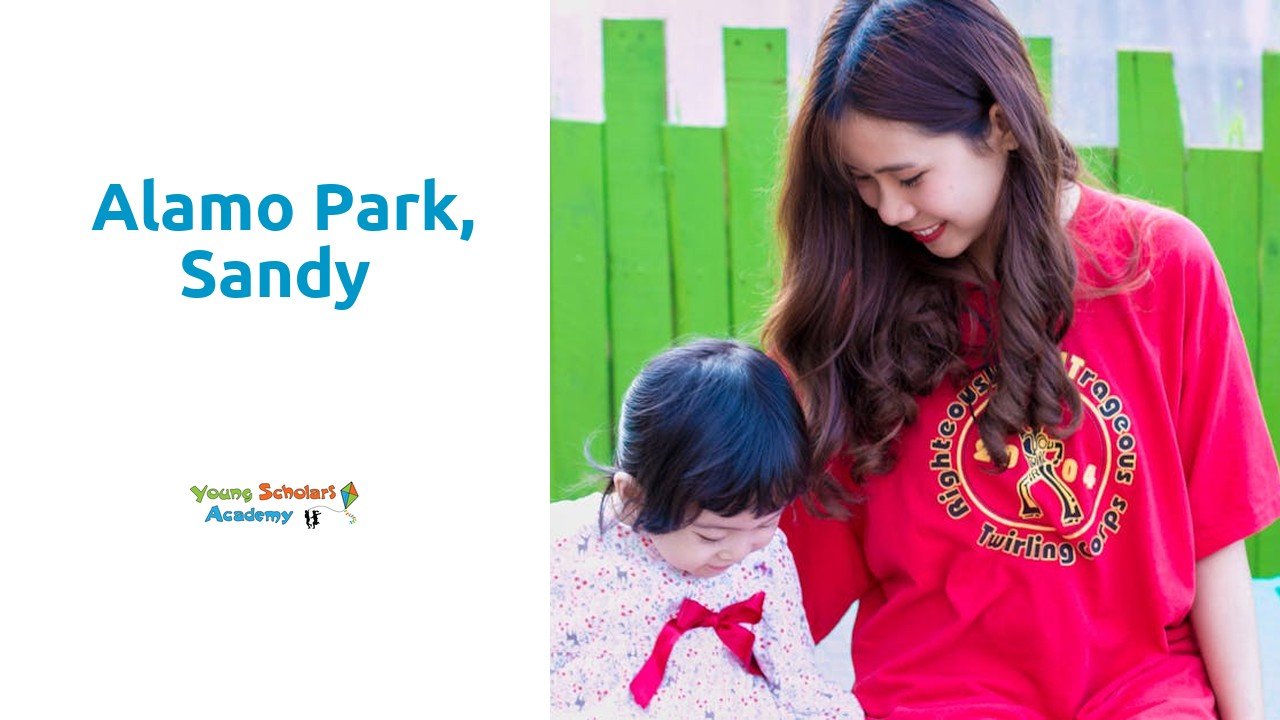Techniques for Fostering Literacy at Home
Techniques for fostering literacy at home play a crucial role in supporting children’s language and literacy development. Creating a print-rich environment is a simple yet effective way to immerse children in written language. This can include labeling items around the house, displaying books prominently, and encouraging children to engage with various forms of text. By surrounding children with written language, caregivers can help them develop a strong foundation for literacy skills from an early age. Embracing storytelling and verbal interactions also contribute to Language and Literacy Development near me. Reading to children regularly, discussing stories, and encouraging them to ask questions can enhance their vocabulary, comprehension, and critical thinking skills. Through these interactions, children not only develop language skills but also a love for reading and learning.
Encouraging Reading Habits
One effective way to encourage reading habits in children is to create a cozy and inviting reading environment at home. Designating a specific reading nook with comfortable seating, good lighting, and a variety of age-appropriate books can entice children to spend more time reading. Make sure to regularly update the reading materials available to cater to your child’s changing interests and reading level. By having a dedicated space for reading, children can associate reading with a positive and enjoyable experience. This can help cultivate a love for books and motivate them to engage in independent reading activities on Language and Literacy Development near me.
Furthermore, parents can lead by example by demonstrating their own love for reading. Children often emulate the behaviors of the adults around them, so by regularly reading in front of your child, you can show them the importance and enjoyment of reading. Additionally, engaging in family reading time where everyone reads together or takes turns reading aloud can foster a sense of togetherness and create a positive reading routine. By making reading a cherished part of your family’s daily activities, you can instill a lifelong passion for literature and language development in your child.
Cultural Diversity and Language Development
Cultural diversity plays a significant role in the language and literacy development of children. Exposure to various languages, traditions, and customs can enrich a child’s understanding of the world around them. By embracing cultural diversity in early education settings, educators can create inclusive environments that celebrate the differences among their students. This can foster a sense of belonging and acceptance, ultimately enhancing language and literacy development near me.
Incorporating multilingualism into early childhood education can greatly benefit children’s language skills. Research has shown that children who are exposed to multiple languages from a young age have better cognitive abilities, increased problem-solving skills, and improved communication. By embracing and supporting multilingualism in the classroom, educators can create a more inclusive and diverse learning environment that enhances language and literacy development near me.
Embracing Multilingualism in Early Education
Embracing multilingualism in early education can greatly benefit children’s language and literacy development. By introducing multiple languages in the classroom, educators can provide students with a rich linguistic environment that enhances cognitive skills and cultural awareness. Research has shown that learning more than one language from an early age can lead to better problem-solving abilities and improved academic performance.
Language and literacy development near me can be enhanced by incorporating multilingualism into educational settings. Teachers play a vital role in supporting language diversity and fostering a positive attitude towards different languages. Encouraging students to embrace multilingualism not only strengthens their communication skills but also promotes inclusivity and respect for linguistic differences. By creating a multilingual learning environment, educators can empower children to become global citizens who appreciate the richness of language diversity.
Technology’s Role in Enhancing Language Skills
Technology plays a significant role in enhancing language skills in early childhood. With the rise of digital tools and interactive applications, children now have access to a wide range of resources that can aid in their language and literacy development near me. These tools not only make learning more engaging and fun, but they also cater to different learning styles, making it easier for children to grasp language concepts and develop their reading and writing abilities.
Educators and parents can leverage technology to supplement traditional teaching methods and provide children with additional opportunities to practice language skills. Interactive learning tools, such as educational apps and online games, can help reinforce vocabulary, grammar, and comprehension skills. By incorporating technology into language learning activities, children can be better equipped to communicate effectively and navigate the literacy demands they will encounter as they progress through their education.
Utilizing Interactive Learning Tools
Interactive learning tools play a crucial role in fostering language and literacy development in early childhood. These tools provide an engaging and interactive way for children to explore language concepts, vocabulary, and reading skills. By incorporating activities that are both educational and fun, children are more likely to stay motivated and enthusiastic about learning. Additionally, interactive learning tools can help children develop critical thinking skills and improve their overall comprehension abilities.
As a parent or caregiver interested in promoting language and literacy development near me, it is essential to utilize interactive learning tools both at home and in educational settings. These tools can range from educational apps on tablets to interactive storybooks that allow children to actively participate in the storytelling process. By incorporating technology into learning experiences, children can enhance their language skills in a way that is tailored to their individual needs and interests.
FAQS
What is language and literacy development in early childhood?
Language and literacy development in early childhood refer to the process by which young children acquire communication skills and the ability to read and write.
How important is language and literacy development in early childhood?
Language and literacy development in early childhood are crucial as they form the foundation for a child’s future academic success and overall communication skills.
What are some techniques for fostering literacy at home?
Some techniques for fostering literacy at home include reading with your child regularly, creating a print-rich environment, and engaging in activities that promote language development.
How can parents encourage reading habits in young children?
Parents can encourage reading habits in young children by setting aside dedicated reading time, modeling reading behavior themselves, and providing access to a variety of age-appropriate books.
How does cultural diversity impact language development in early childhood?
Cultural diversity can impact language development in early childhood by influencing the languages spoken at home, the exposure to different linguistic patterns, and the importance placed on language learning.
How can educators embrace multilingualism in early education settings?
Educators can embrace multilingualism in early education settings by valuing and incorporating diverse languages, providing support for children learning multiple languages, and creating a welcoming environment for language diversity.
What role does technology play in enhancing language skills in young children?
Technology can play a role in enhancing language skills in young children by providing interactive learning tools, educational apps, and online resources that support language development in engaging ways.






